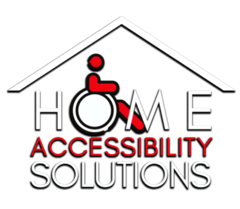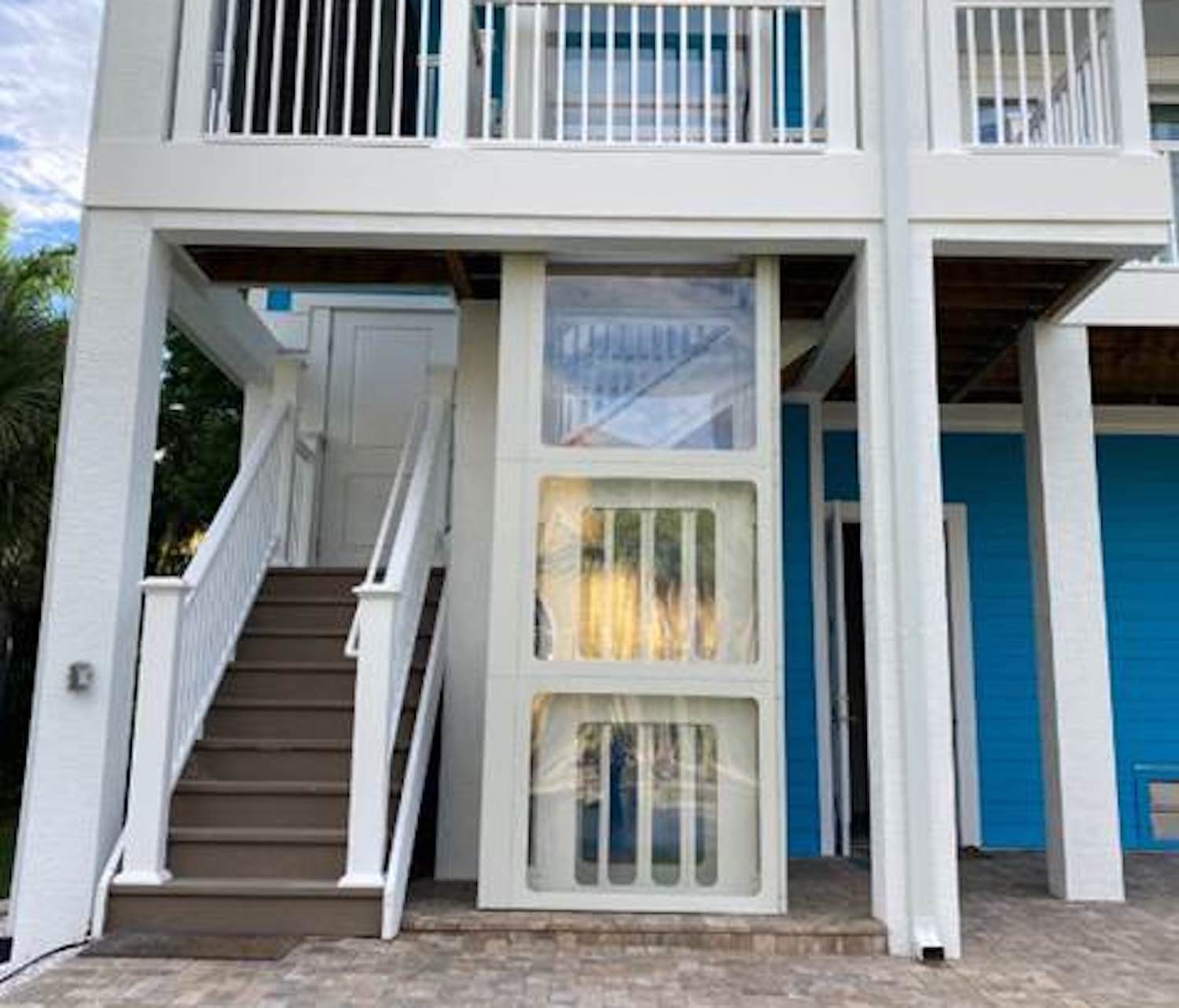As our society becomes more aware of the diverse needs of individuals, the demand for accessible living spaces has grown exponentially. One of the key components in achieving accessibility at home is the installation of home elevator lifts. These devices are not only practical but also offer a range of benefits that contribute to a more inclusive and comfortable living environment.
In this article, we will delve into the various advantages of home elevator lifts, exploring how they enhance accessibility and quality of life for individuals with mobility challenges.
Enhanced Mobility and Independence
Overcoming Physical Barriers:
Home elevator lifts play a crucial role in breaking down physical barriers within a home. For individuals with mobility issues, navigating stairs can be a significant challenge. Installing a home elevator allows them to move seamlessly between different levels of the house, promoting independence and freedom of movement.
Reducing Reliance on Assistance:
With a home elevator, individuals with mobility impairments can significantly reduce their dependence on others for assistance. This newfound independence empowers them to engage in daily activities without constantly relying on family members or caregivers to navigate the home environment.
Inclusive Design for All
Home elevator lifts contribute to the concept of “aging in place,” allowing seniors to remain in their homes comfortably as they age. This inclusive design accommodates changing mobility needs over time, ensuring that individuals can continue to reside in a familiar and beloved environment.
While home elevator lifts are often associated with meeting the needs of individuals with disabilities, they also enhance accessibility for everyone in the household. Parents with strollers, individuals carrying heavy items, or those recovering from injuries can all benefit from the convenience and ease of movement provided by home elevator lifts.
Safety and Peace of Mind
Fall Prevention:
Stair-related accidents are a significant concern for individuals with limited mobility. Home elevator lifts eliminate the risk of falls on stairs, providing a safer alternative for those who may struggle with balance or coordination issues.
Emergency Evacuation:
In the event of an emergency, having a home elevator lift can be crucial for a swift and safe evacuation. Traditional staircases may pose challenges during emergencies, especially for individuals with mobility limitations. Home elevator lifts offer a reliable means of evacuation, ensuring everyone in the household can exit the home efficiently.
Property Value and Aesthetic Appeal
Increased Property Value:
The installation of a home elevator lift can enhance the overall value of a property. Potential homebuyers, particularly those with an eye for future accessibility needs, may view a home with an elevator as a more attractive and versatile investment.
Aesthetic Integration:
Modern home elevator lifts are designed with aesthetics in mind, blending seamlessly with the existing architecture and interior design of a home. This ensures that the addition of an elevator does not compromise the overall aesthetic appeal of the living space.
Customization and Adaptability
Home elevator lifts come in various designs and configurations, allowing homeowners to choose a solution that best suits their specific needs and the layout of their residences. Whether it’s a compact elevator for a smaller home or a larger, more elaborate design for a spacious residence, customization options abound.
Investing in a home elevator lift is a proactive approach to future-proofing a residence. As the needs of individuals evolve with time, the adaptability of home elevators ensures that the living space can be modified to accommodate changing accessibility requirements.
Energy Efficiency and Environmental Considerations
Energy-Efficient Models:
Many modern home elevator lifts are designed with energy efficiency in mind. This not only reduces the environmental impact but also contributes to lower energy bills for homeowners.
Sustainable Living:
The installation of home elevator lifts aligns with the principles of sustainable and inclusive living. By promoting accessibility, these devices support a more equitable and eco-friendly approach to home design and construction.
Technological Innovations and Smart Home Integration
Remote Accessibility:
The integration of smart technology in modern home elevator lifts allows for remote operation and monitoring. Users can control the elevator from their smartphones, providing a convenient and efficient way to manage accessibility within the home.
User-Friendly Interfaces:
Technological advancements have led to the development of user-friendly interfaces for home elevator lifts. Touchscreen controls, voice commands, and other intuitive features make operating the elevator a seamless experience, further enhancing the overall accessibility of the home.
Financial Assistance and Incentives
Government Assistance Programs:
Recognizing the importance of accessibility, some government agencies offer financial assistance programs or tax incentives to homeowners installing accessibility features, including home elevator lifts. These initiatives aim to make these essential home modifications more affordable for individuals with disabilities.
Increased Home Insurance Benefits:
Homeowners may also find that installing a home elevator lift positively impacts their home insurance coverage. Some insurance providers offer reduced premiums or additional coverage for homes equipped with safety-enhancing features like elevators.
Community and Social Benefits
Accessible homes, facilitated by features such as home elevator lifts, promote social inclusion. Individuals with mobility challenges can more easily host social gatherings and participate in community events, fostering a sense of belonging and connection.
Home elevator lifts not only benefit individuals with mobility impairments but also provide relief for caregivers. The reduced physical strain of assisting with stairs allows caregivers to focus on other aspects of caregiving, improving the overall quality of care provided.
Addressing Specific Mobility Challenges
Wheelchair Accessibility:
For individuals using wheelchairs, home elevator lifts offer a dignified and practical solution for navigating multi-story homes. These lifts are designed to accommodate wheelchairs comfortably, providing a smooth and barrier-free transition between levels.
Arthritis and Joint Conditions:
Individuals with arthritis or other joint conditions often experience difficulty with stairs. Home elevator lifts eliminate the need to climb stairs, reducing the impact on joints and enhancing the overall comfort and mobility of individuals dealing with such health challenges.
Maintenance and Long-Term Durability
Home elevator lifts typically come with maintenance programs to ensure their long-term reliability. Regular inspections and maintenance checks by professionals contribute to the durability of the elevator, providing homeowners with peace of mind.
Installing a home elevator lift is a long-term investment in the well-being and convenience of the household. With proper care and maintenance, these lifts can serve homeowners for many years, making them a worthwhile addition to any accessible home.
Conclusion
In conclusion, home elevator lifts are transformative solutions that go beyond addressing the immediate challenges of mobility impairment. Their impact extends to various aspects of daily life, including safety, independence, property value, and environmental considerations. Technological innovations have further elevated the functionality of these lifts, making them user-friendly and seamlessly integrated into smart home systems.
As society continues to embrace inclusivity and accessibility, the role of home elevator lifts becomes increasingly vital. From addressing specific mobility challenges to providing financial assistance and contributing to a more socially connected community, these lifts play a pivotal role in creating homes that cater to the diverse needs of their occupants.
Ultimately, the benefits of home elevator lifts are not limited to those with mobility impairments; they extend to families, caregivers, and the broader community. As advancements in technology and design continue, the future of home elevator lifts holds even greater promise for creating homes that are not only accessible but also smart, sustainable, and welcoming for all.


